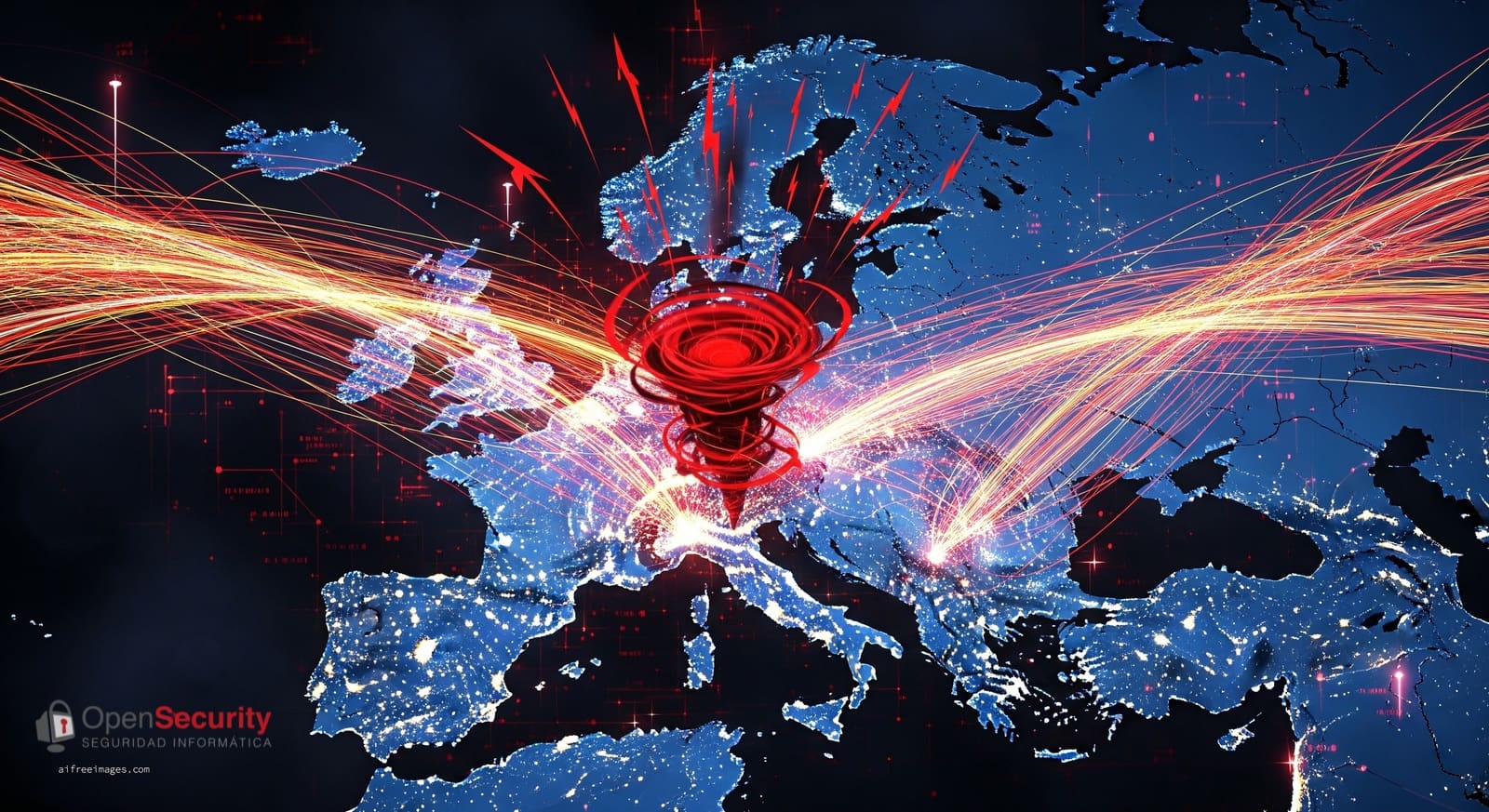The attack of 1.5 billion packets per second (Bpps) mitigated by FastNetMon in Europe has once again brought up a key question: how do various global providers address the growing threat of massive DDoS attacks?
Just a few days earlier, Cloudflare announced having blocked the largest volumetric attack recorded to date, with 11.5 Tbps and 5.1 Bpps, while companies like Akamai continue to be industry benchmarks with their Prolexic platform.
This article offers a comparative overview of the approaches by FastNetMon, Cloudflare, and Akamai, the three most cited actors in recent large-scale cybersecurity defense episodes.
FastNetMon: ultra-fast real-time detection
This London-based company is known for its advanced detection and mitigation software, designed to be integrated directly into client networks and scrubbing centers.
- Main strength: highly optimized C++ algorithms that enable detection of attacks within seconds.
- Use cases: service providers, medium to large ISPs, and enterprises managing their own defense infrastructure.
- Technical focus: visibility at the network flow level (NetFlow, sFlow, IPFIX) and capability to deploy countermeasures such as ACLs or redirect to scrubbing.
- Scalability: proven in attacks reaching up to 1.5 Bpps, placing it among the most devastating known attack ranges.
The company’s founder, Pavel Odintsov, emphasizes that the fight against DDoS should move to the ISP level, since mitigation at the destination is insufficient against massive IoT botnets and compromised routers.
Cloudflare: the global network against volumetric attacks
Cloudflare is perhaps the most recognized name in this field. With over 310 cities across 120 countries interconnected, it leverages its Anycast network to absorb traffic during distributed attacks.
- Main strength: its global bandwidth capacity, exceeding 300 Tbps, enabling it to disperse large-scale attacks.
- Use cases: companies of all sizes, from startups to large streaming platforms or e-commerce sites.
- Technical focus: integrated protection at the application layer (WAF, CDN) and at the network layer (L3/L4).
- Scalability: demonstrated ability to mitigate an attack of 11.5 Tbps and 5.1 Bpps, the largest recorded in combined volume and packet terms.
Cloudflare champions a model where each server in its network acts as a shield: there is no single scrubbing point, but thousands of distributed nodes.
Akamai: the veteran Prolexic
Akamai, a pioneer in CDN, has been working on DDoS mitigation for over two decades via its Prolexic service, one of the most used by financial institutions and governments.
- Main strength: proven experience and agreements with telecommunications providers that enable coordinated responses.
- Use cases: critical sectors like banking, energy, retail, and governmental agencies.
- Technical focus: scrubbing in specialized global cleaning centers, with deep packet inspection and attack mitigation across layers 3, 4, and 7.
- Scalability: reports attacks exceeding 800 Gbps and tens of millions of HTTP requests per second, though their public communication tends to be more conservative than Cloudflare’s.
Akamai particularly focuses on multivector attacks, combining volumetric floods with web application exhaustion attempts.
Comparison table
| Provider | Approach type | Largest attack reported | Network scalability | Main target audience |
|---|---|---|---|---|
| FastNetMon | Local detection + scrubbing | 1.5 Bpps (Europe, 2025) | Limited to the client and associated scrubbing | ISPs, companies with their own infrastructure |
| Cloudflare | Global Anycast network | 11.5 Tbps / 5.1 Bpps | >300 Tbps across 310 cities | Companies of all sizes |
| Akamai | Global scrubbing (Prolexic) | >800 Gbps (multivector) | Specialized centers | Financial, retail, government sectors |
Where defense is headed
Experts agree that attacks will continue to grow both in packets per second (Bpps) and in terabits per second (Tbps), driven by the exploitation of IoT and consumer hardware.
- FastNetMon offers speed and visibility in the network layer for those seeking local control.
- Cloudflare benefits from its massive network scale, dispersing traffic at the perimeter.
- Akamai remains the benchmark in sectors where institutional trust and contractual resilience matter as much as technical capacity.
In this new landscape, the key will be combining detection at the origin at the ISP level with globally distributed defense layers, to prevent the hardware of millions of users from being turned into digital weapons.
Frequently Asked Questions (FAQ)
What is the difference between FastNetMon and providers like Cloudflare or Akamai?
FastNetMon focuses on real-time local detection, while Cloudflare and Akamai utilize extensive distributed scrubbing networks.
What is Cloudflare’s main advantage over others?
Its global network capacity (over 300 Tbps), which disperses volumetric attacks across hundreds of nodes.
Why does Akamai still matter in 2025?
Because of its track record in critical sectors and the trust it offers to financial institutions and governments in regulated environments.
What types of companies should use FastNetMon?
Internet service providers and corporations with own infrastructure that require rapid detection and direct control of mitigation.

